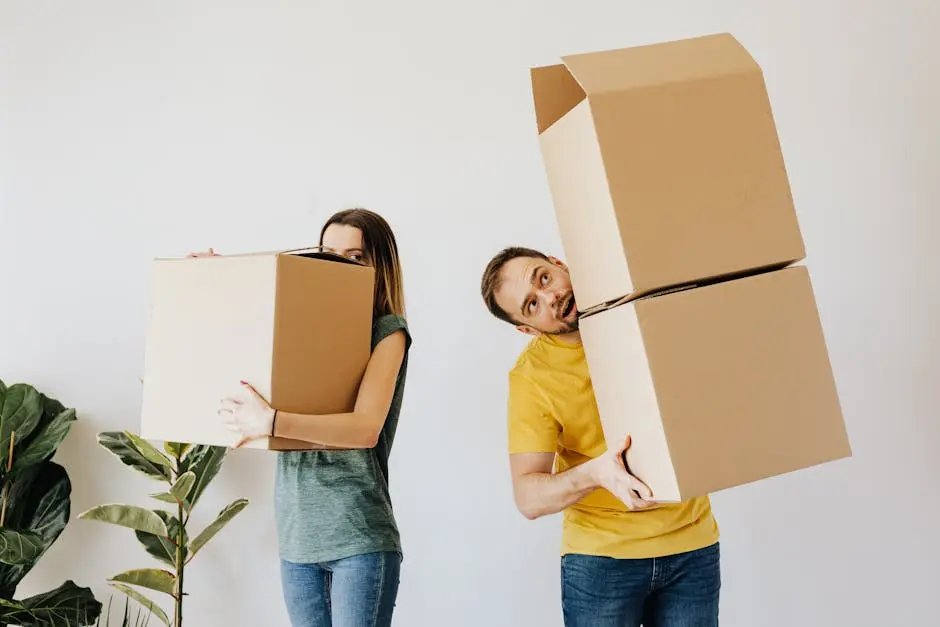
10 Essential Storage Tips for a Stress-Free Move
Moving can be a daunting task, but with the right storage strategies, it doesn’t have to be. Here, we’ll explore ten essential tips that will help you organize, pack, and store your belongings with ease. Let’s make your move smooth and stress-free!
1. Declutter Before You Pack
Sorting through your belongings and letting go of what you no longer need can significantly ease the packing process. Decide what to keep, donate, or discard. Start by identifying items you haven’t used in the past year. This task might seem overwhelming, but breaking it down room by room can help manage the workload. Consider these guidelines: if it’s not sentimental and hasn’t been touched in 12 months, it’s probably time to let it go. Decluttering not only helps you save space and reduce moving expenses, but it also gives you a refreshing start in your new home.
There’s a powerful liberating feeling in decluttering, and it’s a great first step into a new chapter of your life. By letting go of unused items, you’re embracing changes that set a solid foundation for your move. This practice also helps ensure that your new space is only filled with essentials that bring value and joy, adding to the feeling of a fresh start. The less you have to pack, the less you have to unpack at the other end, making the transition smoother and more enjoyable.
2. Choosing the Right Storage Containers
Selecting the appropriate boxes and containers for your items can make unpacking a breeze. Opt for sturdy, right-sized boxes that match the items they will hold. Consider using eco-friendly options where possible, like reusable plastic moving boxes that can cut your packing time in half and reduce waste. For fragile or valuable items, investing in high-quality boxes with protective features is a good move. Don’t forget about specialty boxes for things like clothes, dishware, and artwork, which can add extra layers of protection and organization.
Choosing eco-friendly packing solutions not only benefits the environment but also saves you time and effort. Many moving companies now offer options like plastic bins over traditional cardboard. These reusable boxes are not only more durable but also save on the hassle of tape and box assembly. Plus, when you unpack, you can easily stack these bins in your storage room, garage, or attic for future use without worrying about collapsing boxes.
3. Label Everything Clearly
Labeling your boxes with room destinations and contents can save you time when you’re unpacking. Consider using a color-coding system for extra organization. For example, assign a color to each room, which can help moving helpers know exactly where to place each box without needing additional direction. These labels not only facilitate quick identification but also reduce chaos in your new space during the early days of settling in.
A clear and detailed labeling system can also help streamline the entire move-in process. For added efficiency, use a spreadsheet or a note on your phone that lists which box holds what. This digital inventory can save you a lot of hassle, especially if something gets misplaced. Furthermore, for additional ease of identification, try to place the labels on multiple sides of the boxes so that they can be easily spotted regardless of how they’re stacked.
4. Utilize Vertical Space
Don’t forget to make use of vertical storage options. Shelving units and stackable boxes can help maximize space and keep everything tidy. This is particularly useful in storage units where floor space is at a premium. When stacking boxes, place heavier ones at the bottom to create a stable base. Vertical storage isn’t limited to shelving; consider hanging organizers for shoes, cleaning supplies, and office items to keep them accessible yet out of the way.
5. Protect Fragile Items
Ensure your delicate belongings are safe with proper packing materials. Wrap items in bubble wrap or blankets and use dividers for extra protection. For instance, dish packs with cell dividers provide excellent protection for glassware. Always mark these boxes clearly as fragile to signal extra care during transport. Also, remember that packing peanuts, crumpled paper, or foam can provide cushioning in empty spaces.
To further protect your fragile items, consider packing them individually and placing them upright, similarly to how you might arrange them in a cabinet or display. This minimizes movement within the box and reduces the risk of breakage. Begin with the heaviest items at the bottom and gradually stack lighter ones on top, filling gaps with soft materials like old towels or socks to ensure everything stays snug during the move.
6. Keep Essentials Accessible
Pack a box of essentials for quick access during your first days in the new home. Items like toiletries, a change of clothes, and important documents should be easily reachable. It’s also wise to include snacks, a first aid kit, and basic cleaning supplies. Think about your most routine tasks and ensure that whatever you need to perform them is packed in this essentials box, which ideally would be placed separately and loaded last so it’s first to be unloaded and readily available.
Another tip is to have a separate bag or suitcase with daily essentials for each family member. This way, everyone has their own set of necessities close by on the first night in your new home. It’s also smart to pack any electronics and chargers you use daily in this kit as well, as many people can’t function without their phones or laptops, especially during a stressful move.
7. Consider Climate Control
Some belongings may require special conditions. Renting a climate-controlled storage unit can help prevent damage to sensitive items like electronics and antiques. Sustainable storage solutions not only protect your valuables but also often align with eco-friendly practices. These units maintain a constant temperature and humidity level, preventing warping, rusting, and mold.
8. Use Vacuum Sealed Bags
Vacuum-sealed bags are perfect for reducing the volume of clothes and bedding, saving space and making organization easier. They also protect fabrics from dust, moisture, and insects during transportation and storage. This method is particularly useful for off-season clothing and bulky items like duvets and pillows.
9. Schedule Your Storage Unit Wisely
If you need temporary storage, book your unit well in advance. This ensures availability and may offer better rates. During peak moving seasons, storage units tend to fill up quickly, so planning ahead can also mean securing a more conveniently located unit. Consider your schedule and optimal moving dates, and plan a visit to the facility to familiarize yourself with the layout and access hours.
Securing your storage unit early also allows for better organizational strategies, such as determining which items need to stay in higher-access spaces. Pre-booking a strategic layout plan can save you from future headaches, ensuring the items you might need first are reachable without having to rearrange the entire unit later on.
10. Seek Professional Help If Needed
Don’t hesitate to hire professional movers for packing and storage guidance. They can offer valuable experience and save you time and stress. Professionals bring a level of efficiency and expertise, ensuring that everything from driving safely to stacking boxes is done correctly. This can also provide peace of mind by ensuring all legalities and optimal logistics are covered.
It’s important to ensure you’re hiring a reputable company by checking their credentials and customer reviews. Avoid unlicensed handlers to prevent potential issues and ensure you receive a full range of services, including insurance for your items. Consider talking to previous customers or checking online reviews to gauge service quality and reliability.

